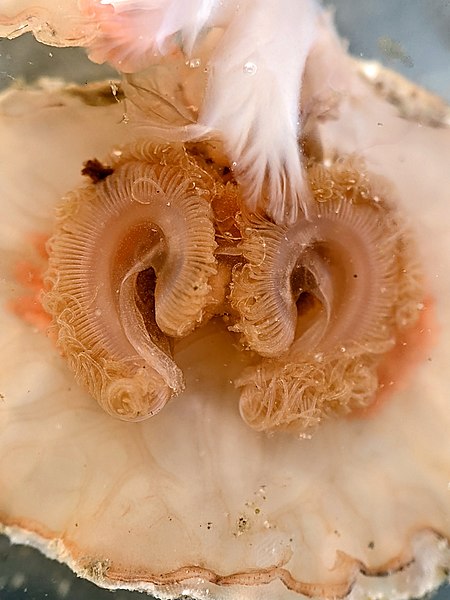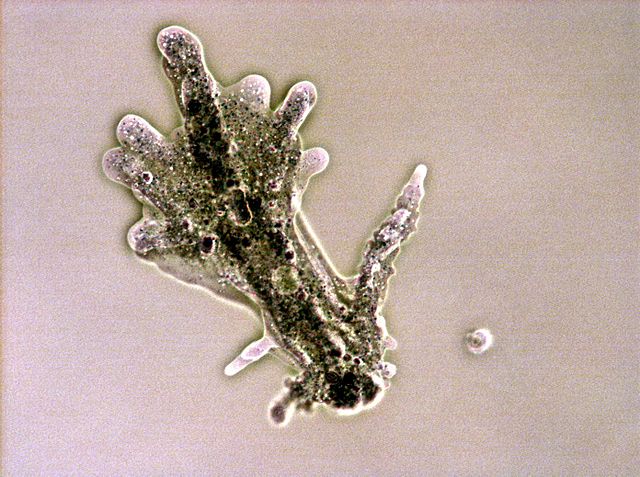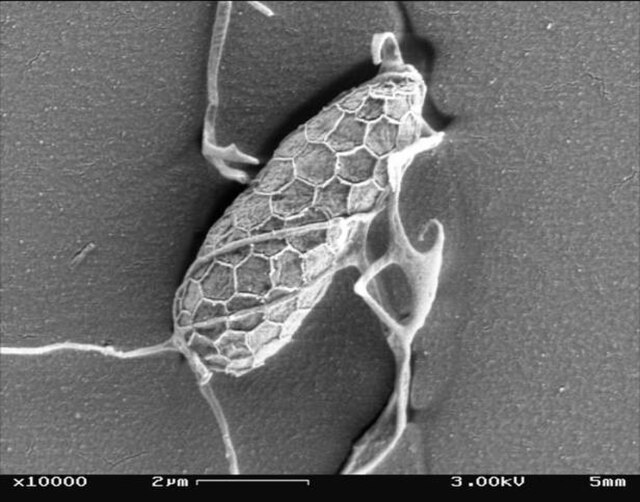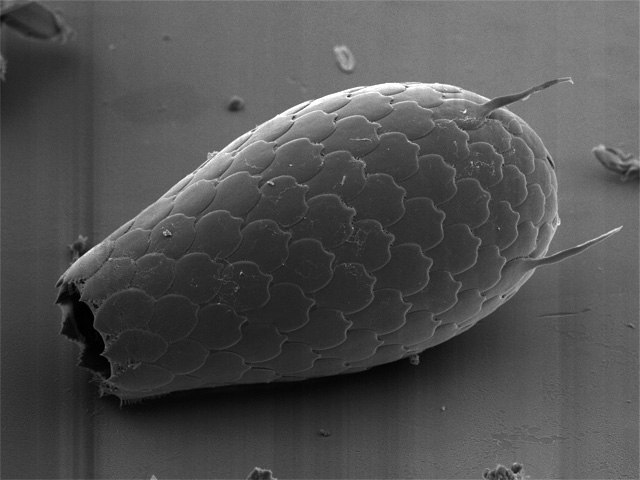Brachiopods, phylum Brachiopoda, are a phylum of trochozoan animals that have hard "valves" (shells) on the upper and lower surfaces, unlike the left and right arrangement in bivalve molluscs. Brachiopod valves are hinged at the rear end, while the front can be opened for feeding or closed for protection. Two major categories are traditionally recognized, articulate and inarticulate brachiopods. The word "articulate" is used to describe the tooth-and-groove structures of the valve-hinge which is present in the articulate group, and absent from the inarticulate group. This is the leading diagnostic skeletal feature, by which the two main groups can be readily distinguished as fossils. Articulate brachiopods have toothed hinges and simple, vertically oriented opening and closing muscles. Conversely, inarticulate brachiopods have weak, untoothed hinges and a more complex system of vertical and oblique (diagonal) muscles used to keep the two valves aligned. In many brachiopods, a stalk-like pedicle projects from an opening near the hinge of one of the valves, known as the pedicle or ventral valve. The pedicle, when present, keeps the animal anchored to the seabed but clear of sediment which would obstruct the opening.
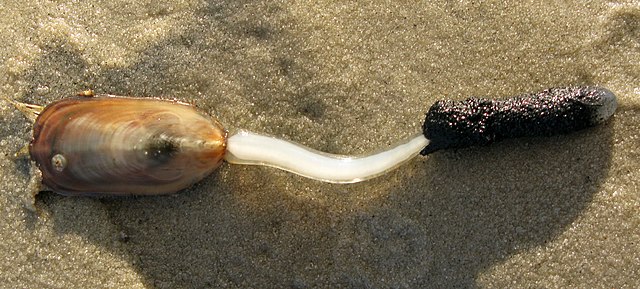
Image: Lingulaanatina AA
Image: Terebratalia transversa 141510036
Paired lophophores of Terebratalia transversa, a modern brachiopod in the order Terebratulida
A fossil of Spiriferina rostrata with visible brachidium (lophophore support)
In biology, a phylum is a level of classification or taxonomic rank below kingdom and above class. Traditionally, in botany the term division has been used instead of phylum, although the International Code of Nomenclature for algae, fungi, and plants accepts the terms as equivalent. Depending on definitions, the animal kingdom Animalia contains about 31 phyla, the plant kingdom Plantae contains about 14 phyla, and the fungus kingdom Fungi contains about 8 phyla. Current research in phylogenetics is uncovering the relationships among phyla within larger clades like Ecdysozoa and Embryophyta.
Image: Amoeba proteus
Image: Toxoplasma gondii
Image: Aplanonet 3
Image: Euglypha sp



